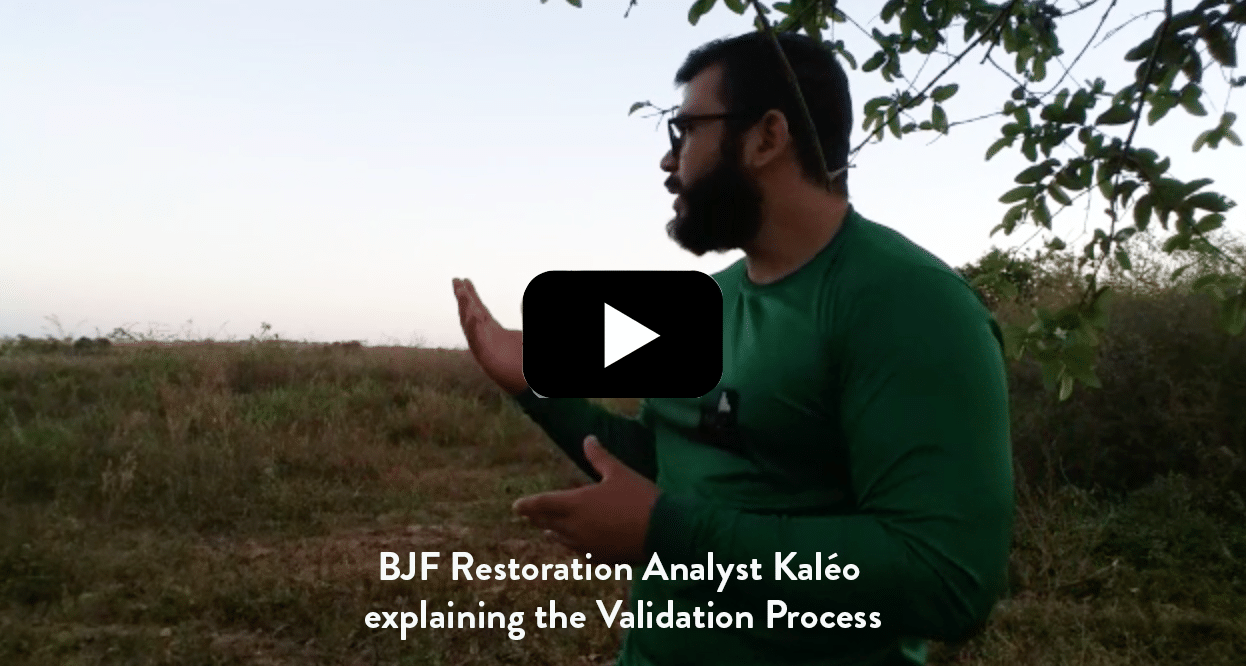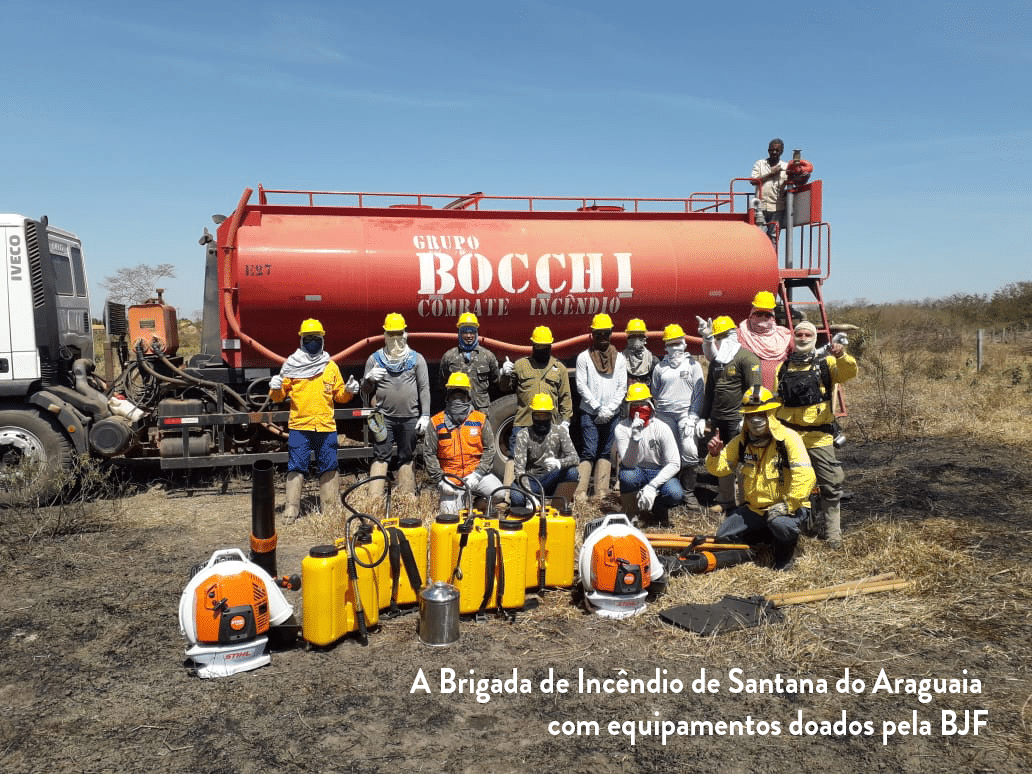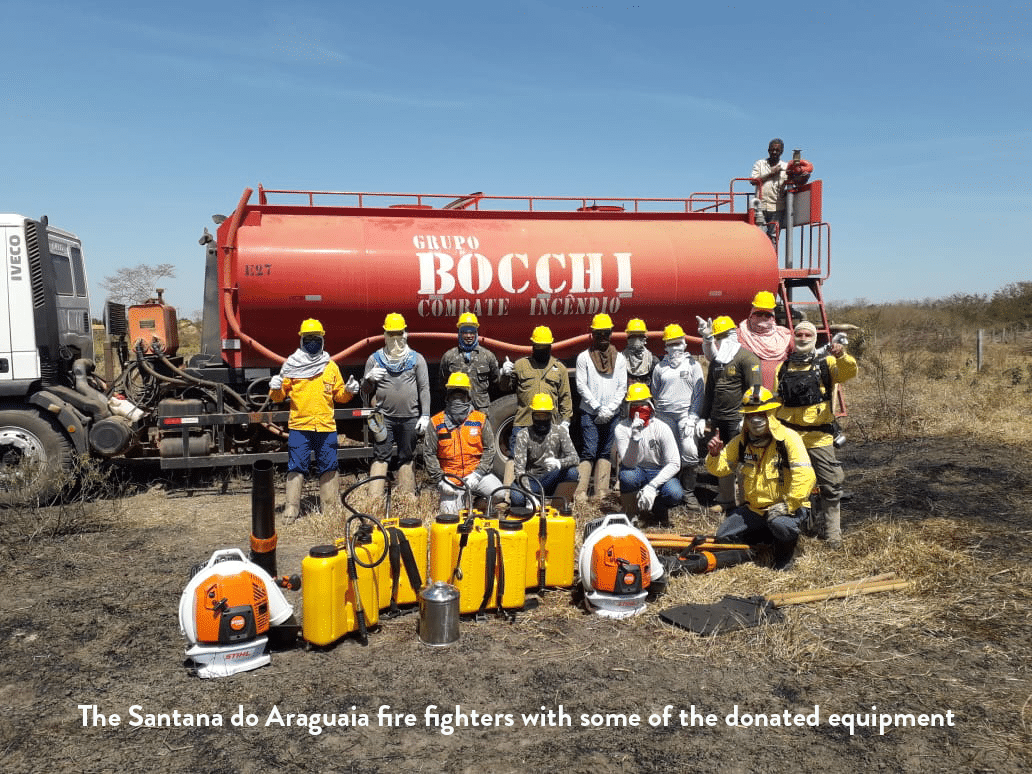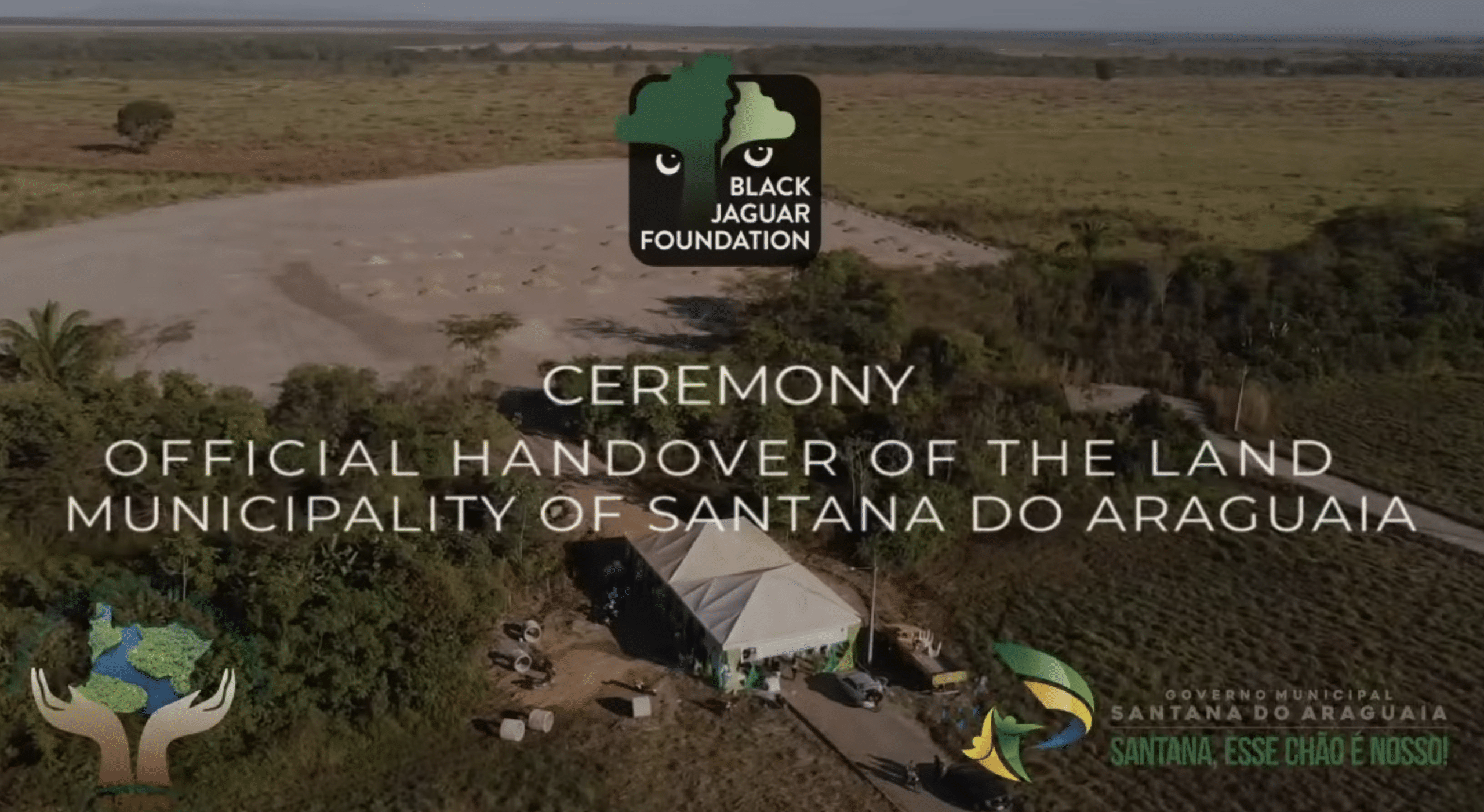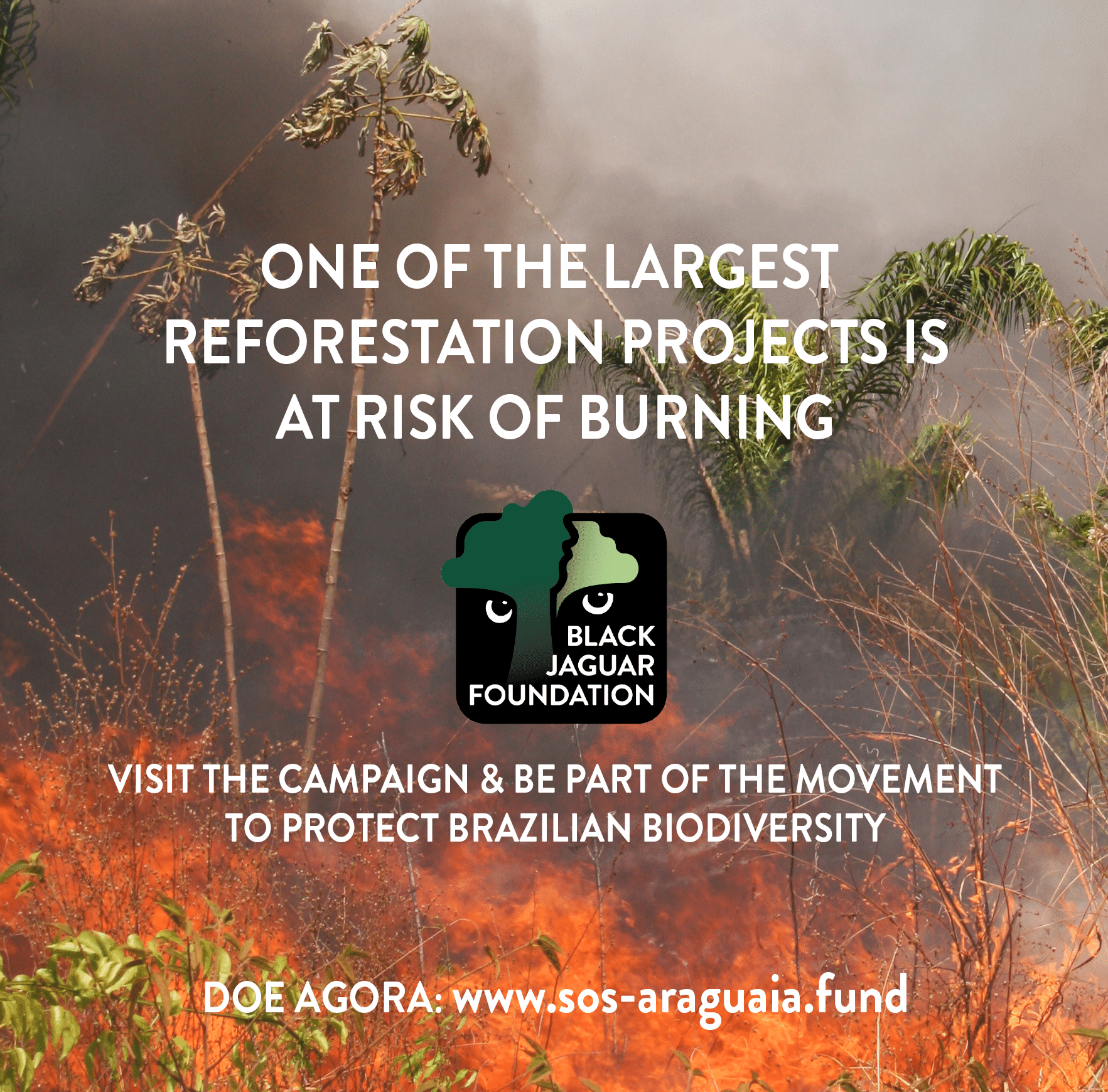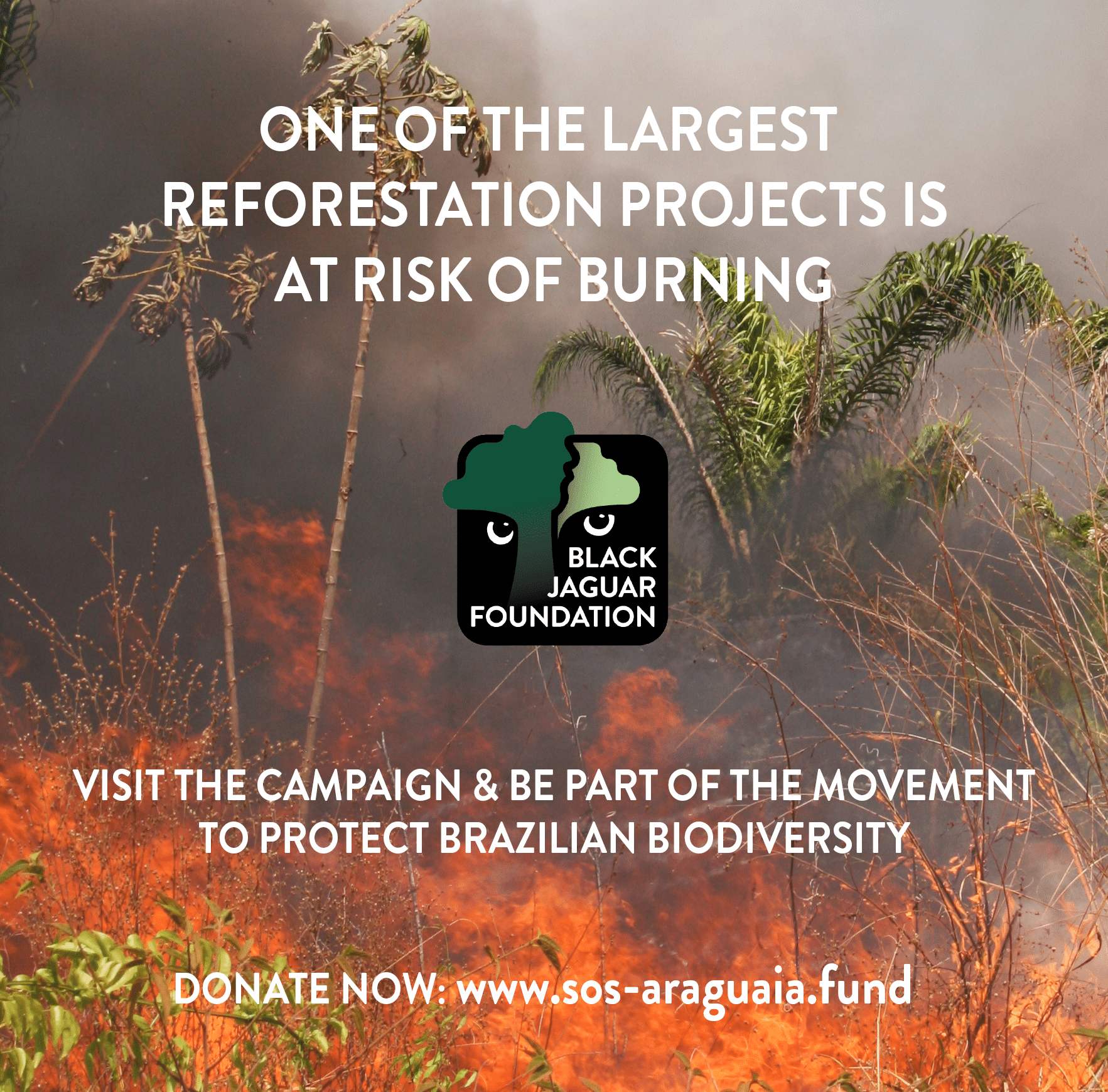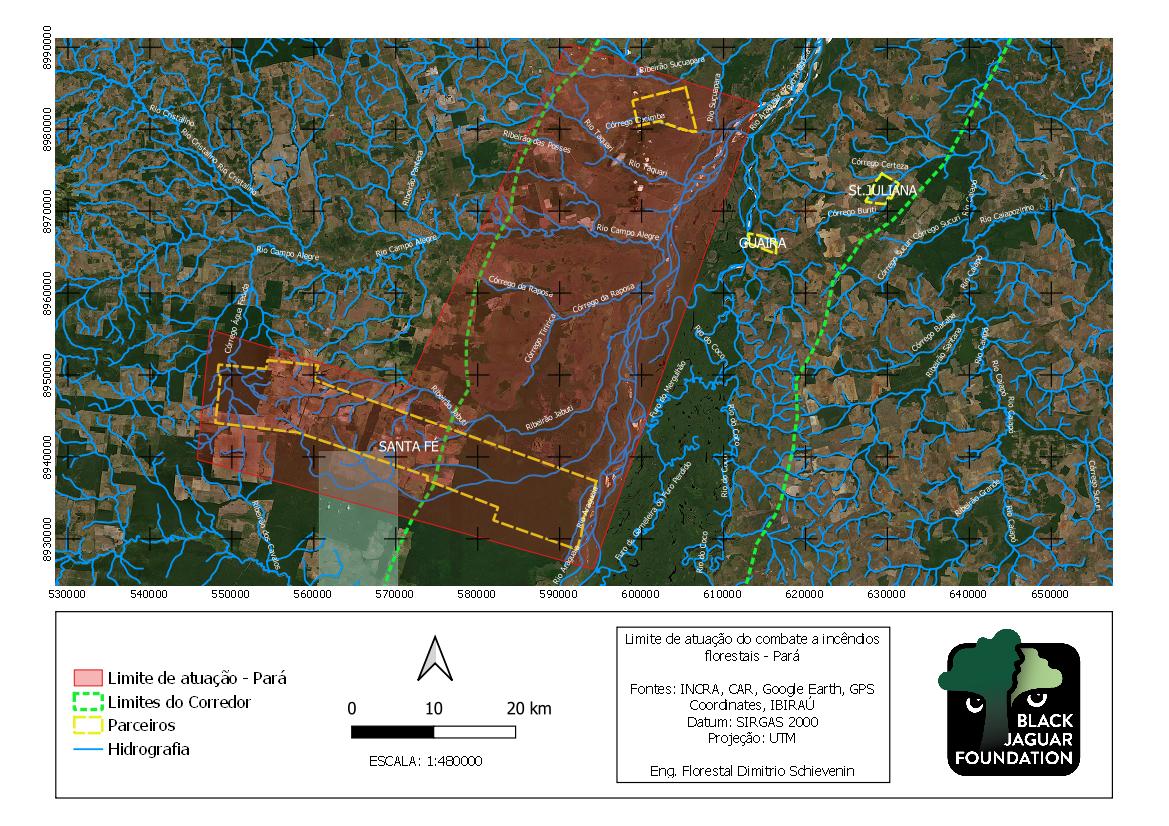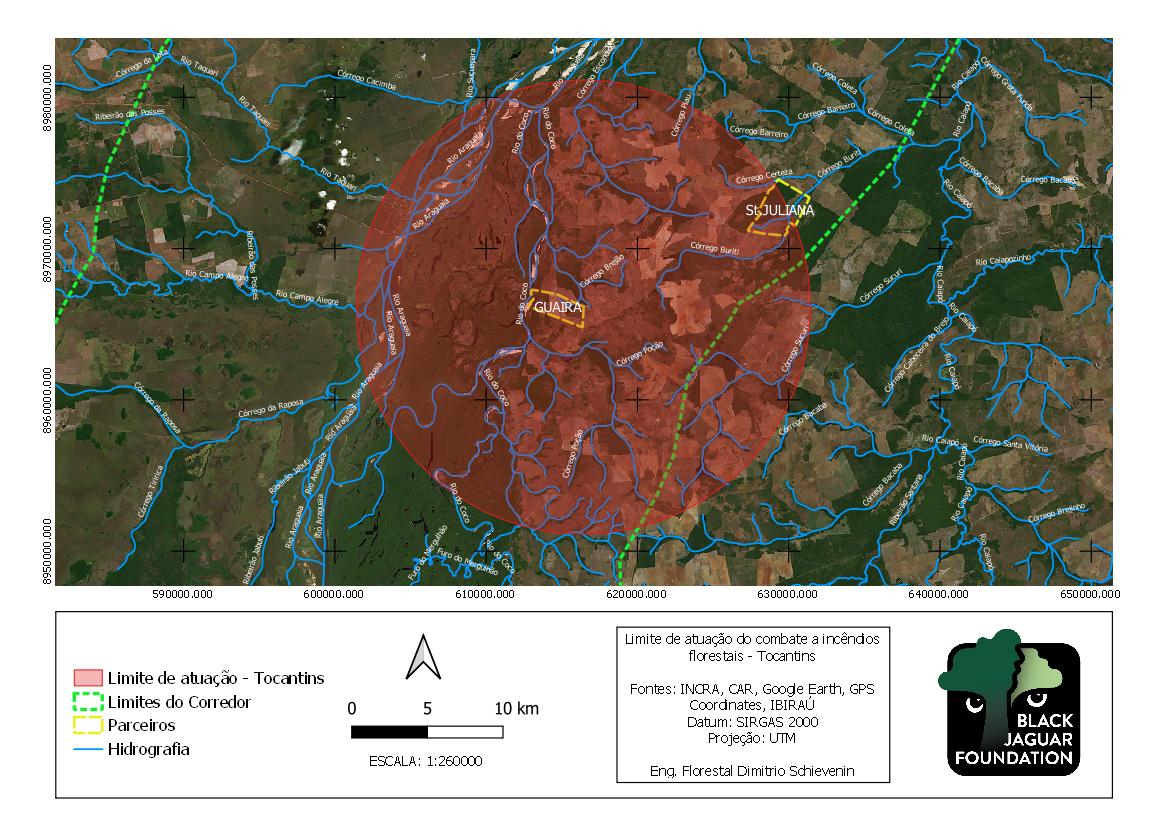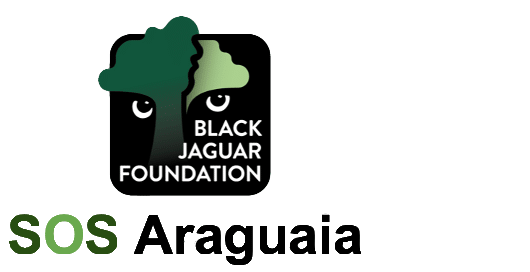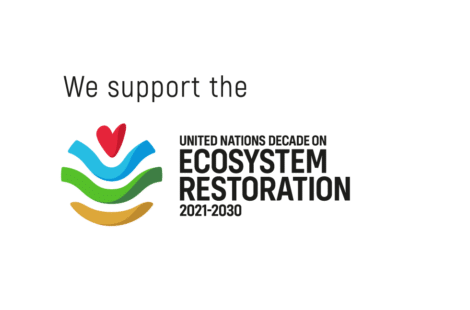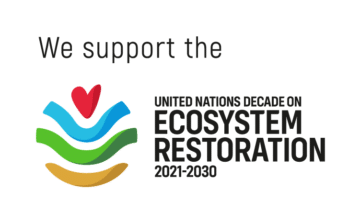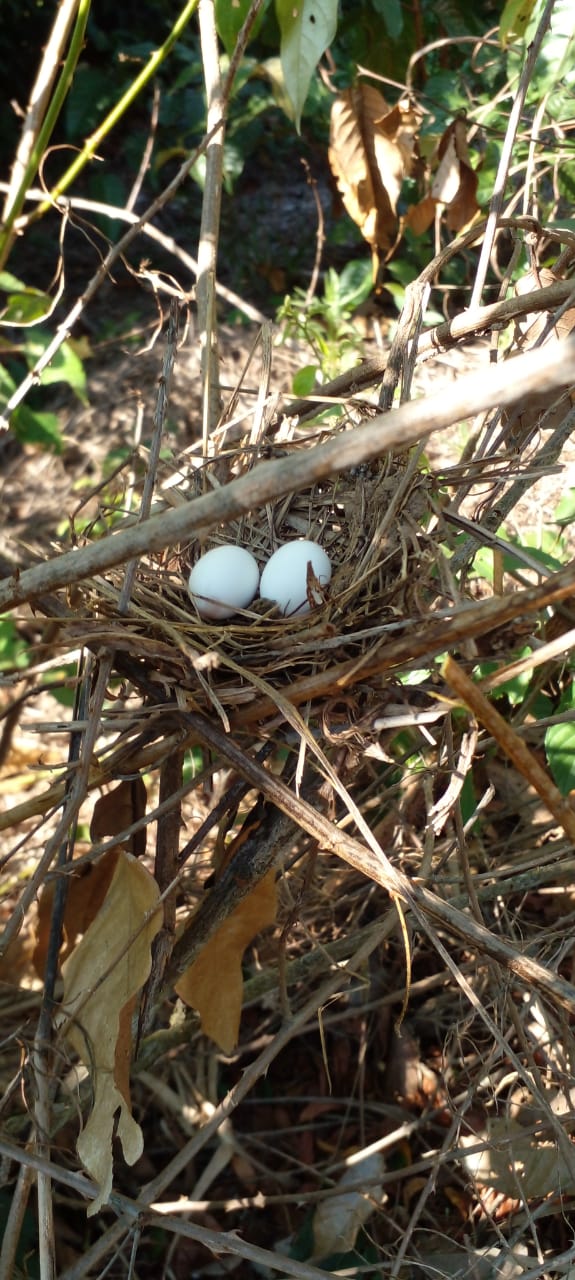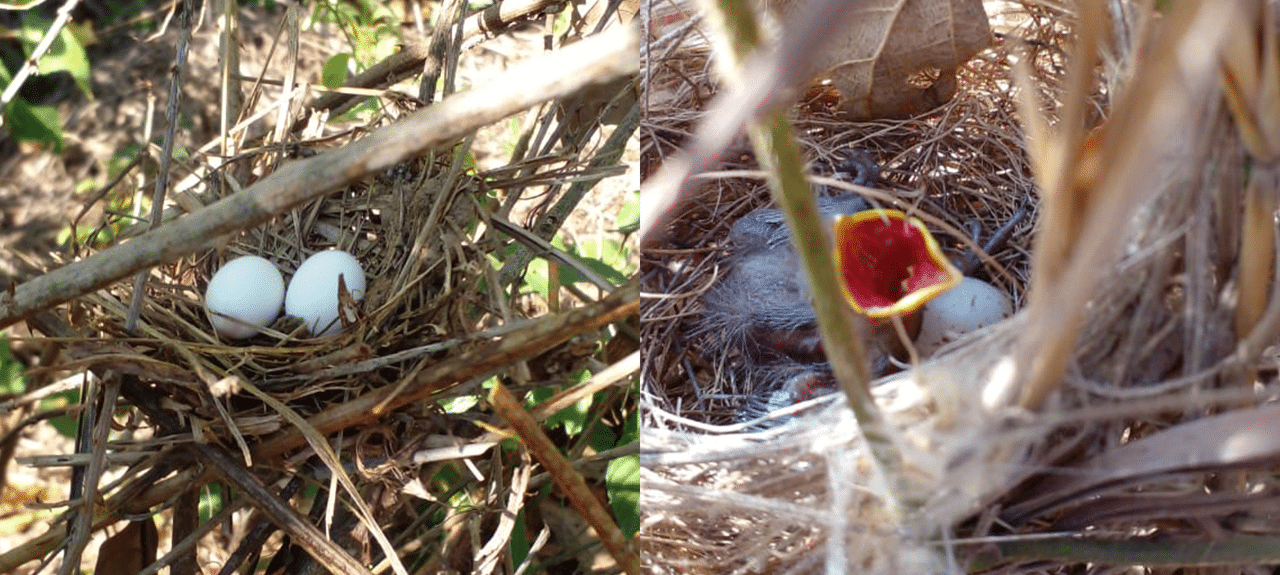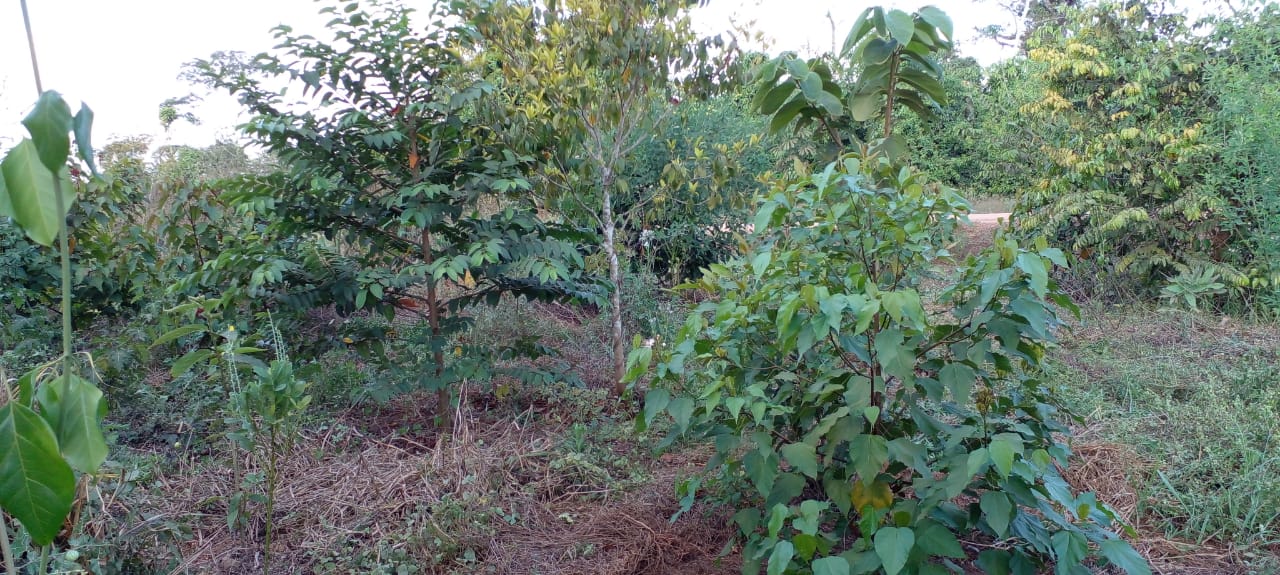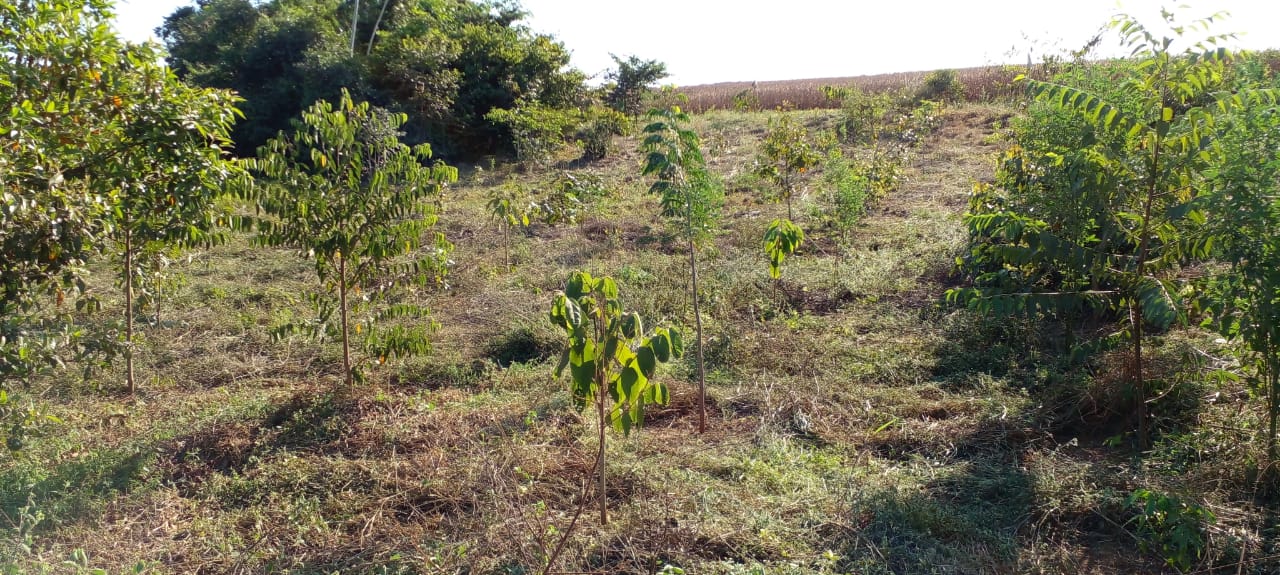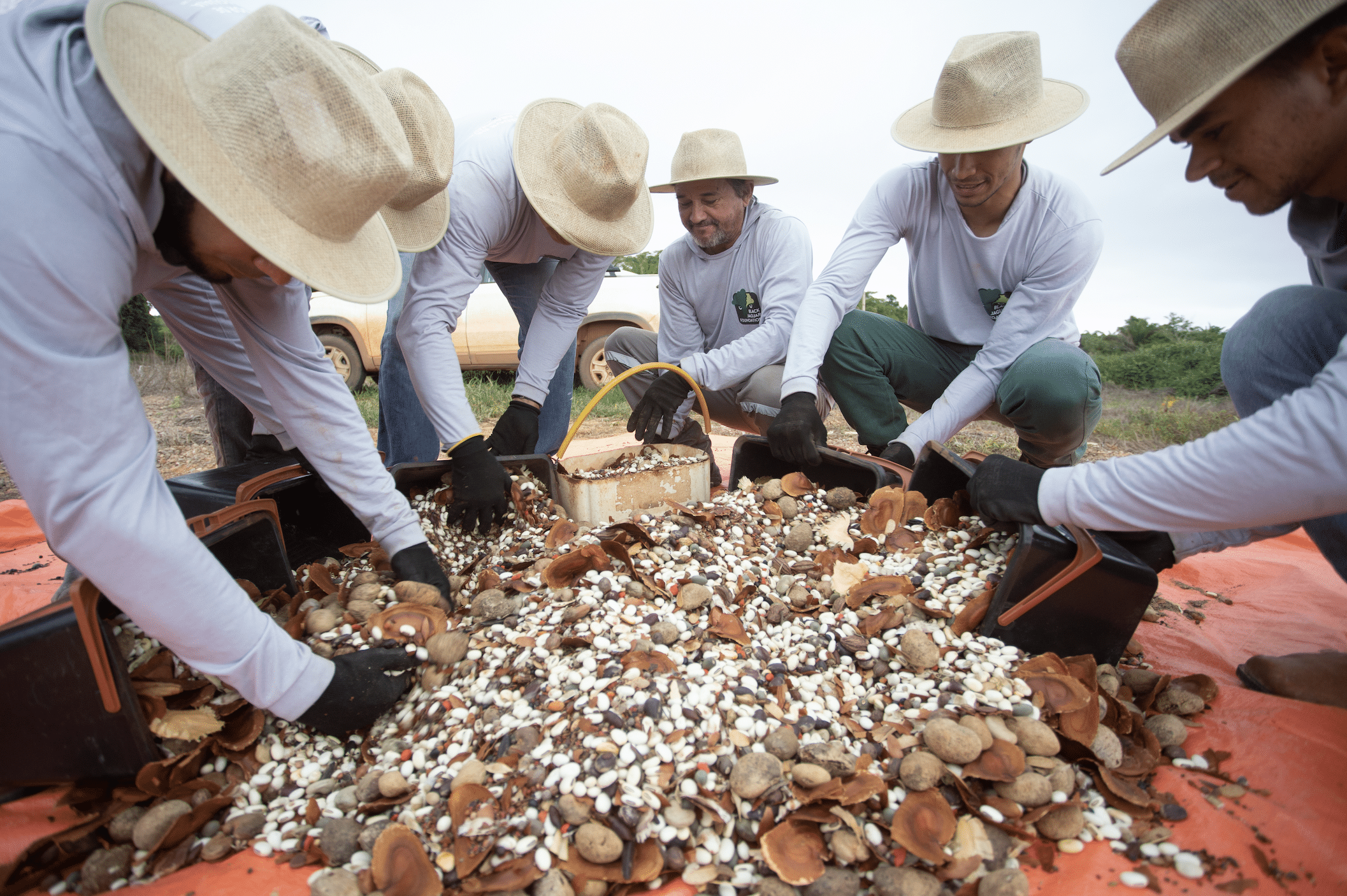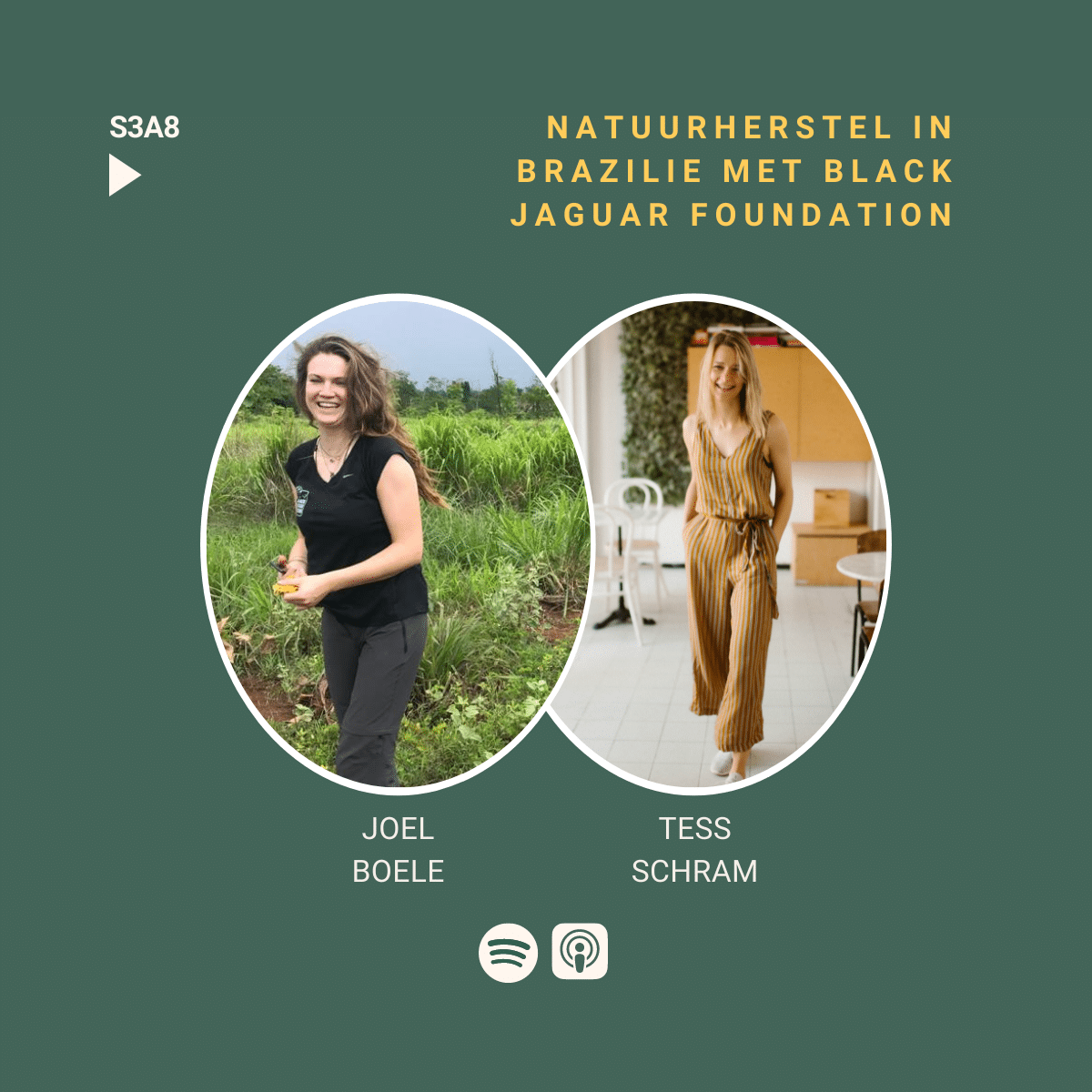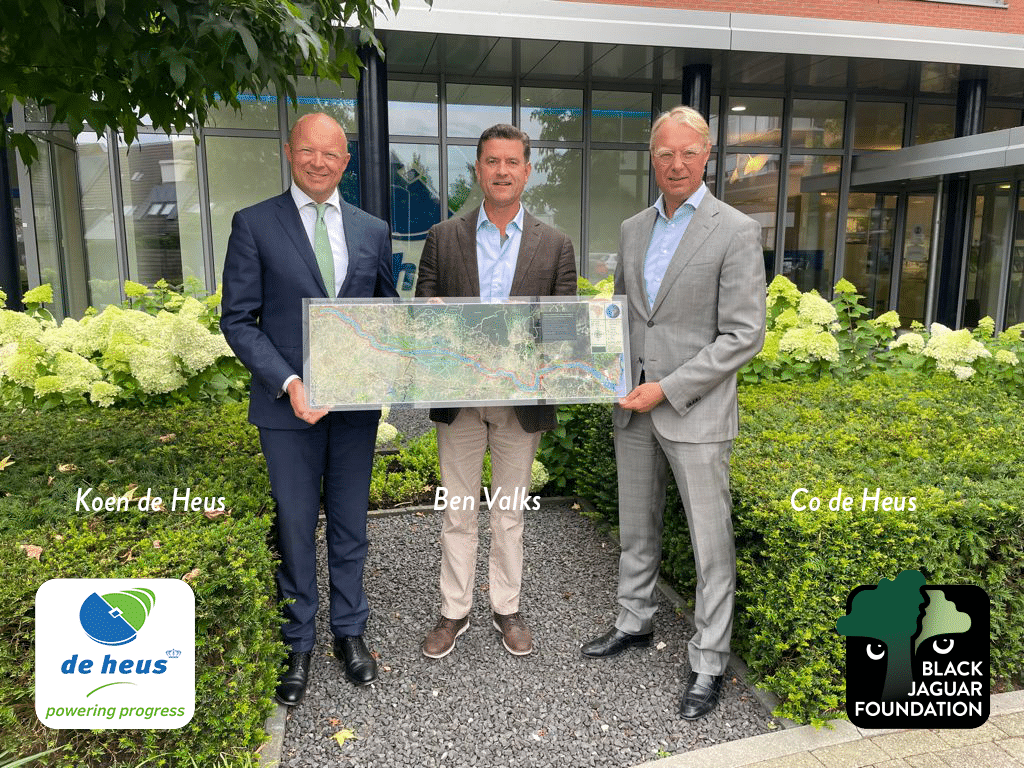
We are excited to welcome Royal De Heus Animal Nutrition to the BJF Community, and look forward to growing many trees together!

“Providing access to safe, healthy and especially affordable food is one of the biggest challenges the world faces today. At the same time, we need to reduce the impact our food production systems have on vulnerable ecosystems. To achieve both goals, we need to produce food more efficiently to prevent excessive land use change in the near future. We can only achieve that when we treat farmers as our allies when tackling these challenges. That’s what we like about the Black Jaguar Foundation. They work together with farmers on the realisation of the Araguaia Biodiversity Corridor”
Koen de Heus, CEO of De Heus Animal Nutrition
De Heus Animal Nutrition is 110 year old family business and has grown to become an international producer of a complete range of compound feed, premixes, concentrates and feed specialties. The 2020 BJF partnership with the Brazilian division of De Heus has now officially been extended at its global headquarters.
To help realize the mission of the Black Jaguar Foundation, to protect and increase biodiversity in the corridor between the Amazon rainforest and the Cerrado savanna, De Heus will lend its long-term support and dedication to the project.
De Heus already has a strong sustainability program in place, summarised in their ‘Global Green Goals’- four global ambitions towards tackling sustainability issues in the feed industry. For example, the company will only procure certified soy with a verifiable zero deforestation policy in all its business units by 2025.
The partnership between the Black Jaguar Foundation and De Heus will focus on restoring biodiversity in two of the most vital ecosystems on the planet, the Cerrado savannah and the Amazon rainforest. The largest part of this year’s contribution by De Heus will be utilized for the construction of the large-scale tree nursery in Santana do Araguaia. Furthermore, part of the contribution will also be used to set up the foundations seed collection initiative and the training of the fire brigade in Santana do Araguaia to help fight and prevent forest fires. Starting next year, the contribution of De Heus will be used for the planting of native trees in the Araguaia Biodiversity Corridor.
We are excited to welcome Royal De Heus to the BJF Community, and look forward to growing many trees together!

